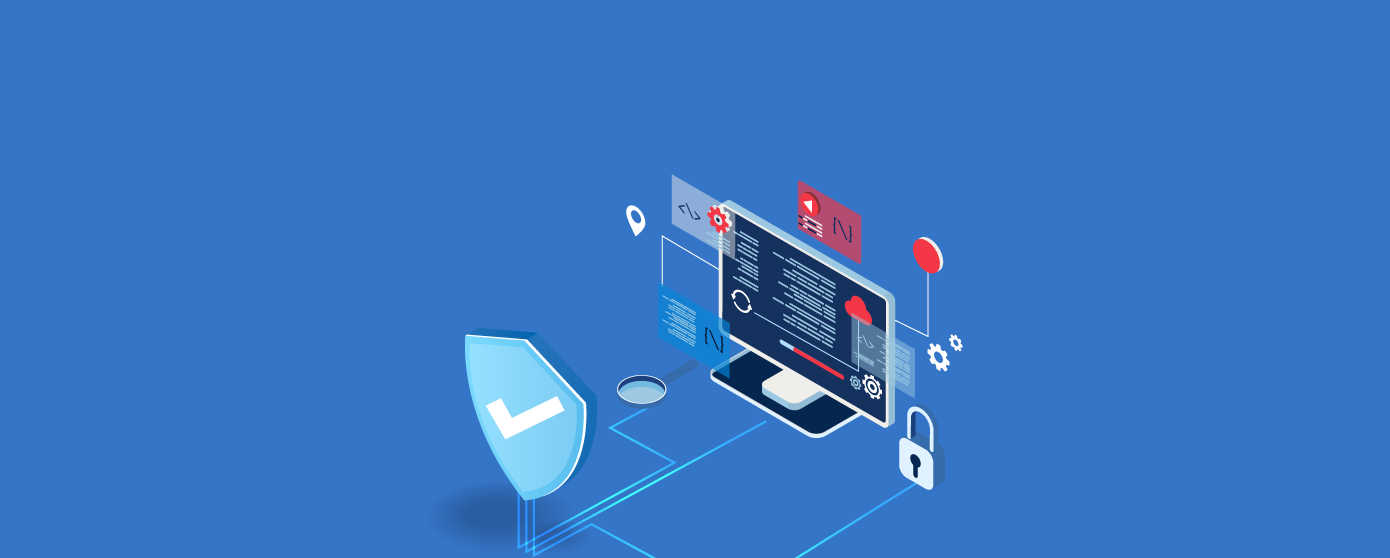
OWASP Top 10 seeks to create a more secure software development culture and improved web application security. It gives a good rundown of the critical web application security risks – vulnerabilities, weaknesses, misconfiguration, and bugs that organizations, developers, and security experts must keep an eye out for and proactively take measures to mitigate.
In this article, we will delve deep into how to mitigate these OWASP top 10 vulnerabilities and understand the best practices.
Risks can be mitigated only when you have visibility of those risks. So, the first and most crucial step in mitigating OWASP Top 10 vulnerabilities is having a comprehensive Risk Assessment Program in place to get full visibility of the security risks facing the web application.
Since risk is a function of vulnerabilities in the application/ network/ system/ infrastructure and threats facing the organization, risk assessment programs must involve the identification and evaluation of vulnerabilities and threats, mitigation of risks, and reporting of the same.
The Risk Assessment Program must be comprehensive, deep, and most importantly, frequent. Assessments must start from the software development lifecycle (SDLC) itself. If assessments are left as-is, it will prove detrimental to organizations as the threat landscape is fast-evolving. The Risk Assessment Program must be part of your overall security plan and the Cost of Risk Mitigation must be balanced with company budget and goals.
The best practices for OWASP Top 10 mitigation are to use a well-balanced combination of intelligent, automated tools and focused manual testing. For frequent assessments, automated tools are best suited as they ensure speedy, accurate, and hassle-free scanning and assessment. These intelligent tools can effectively and intuitively test/ scan/ assess a large number of company assets, infrastructure, third-party components, systems, frequently changing and moving parts, open-source components, dependencies, etc. with minimal scope for error.
However, all vulnerabilities and misconfigurations cannot be assessed using automated tools, for which you must leverage on-demand deeper manual assessment, especially when there are major changes in the application. It is advised to have a single pane of the window for both these assessments to get the current security posture.
A Web Application Firewall (WAF) such as AppTrana’s that is comprehensive, intelligent, managed, scalable, and customizable with zero assured false positives is an effective tool to mitigate OWASP Top 10 vulnerabilities. Such a WAF provides targeted, instantaneous, and managed virtual patching against identified risks to ensure that you not only mitigate the risk but also track the attackers who are trying to exploit the risk and update your defense policy against those attackers. For instance, blacklisting their identity, IP, or other information we gather about the attacker.
Some web development frameworks and code are insecure by their very nature. It is critical that you choose a web development framework and coding practices are secure. This is especially important while using open-source software and code. Escaping, data encryption and output encoding are some coding practices to reduce risks.
Whether it is the development framework or confidential information or sensitive parts of the web application, you must enforce multi-factor authentication and exercise caution while offering authorization and privileges for better session management and mitigation of incorrectly configured authentication.
Encrypt all data, whether at rest/ storage or transit, to ensure that sensitive data is not exposed.
Software updates contain critical patches that can help prevent vulnerabilities and must be applied instantly.
Legacy and unused components and parts, un-sanitized user inputs, etc. on web applications offer leeway for threat actors to exploit and orchestrate attacks.
Human beings are also vulnerabilities as even minuscule human errors can create gaps for threat actors to exploit, which is why you must continuously educate all involved stakeholders right from the SDLC stage.
OWASP Compliance Standards, as well as, other compliance standards such as PCI-DSS, GDPR, etc. provide a bare minimum standard of measures to take to get started with web application security. But there are several other vulnerabilities apart from the OWASP Top 10 and other known vulnerabilities listed by vulnerability libraries. It is essential to have a security solution in place that goes beyond the boundary outlined by the compliance standards by onboarding solutions like AppTrana.
Stay tuned for more relevant and interesting security articles. Follow Indusface on Facebook, Twitter, and LinkedIn.
This post was last modified on December 20, 2023 11:27
A Managed WAF is a comprehensive cybersecurity service offered by specialized providers to oversee, optimize,… Read More
Explore crucial tactics like Asset Inventory, Patch Management, Access Control & Authentication, and additional best… Read More
Delve into the data privacy questions including consent protocols, data minimization strategies, user rights management,… Read More